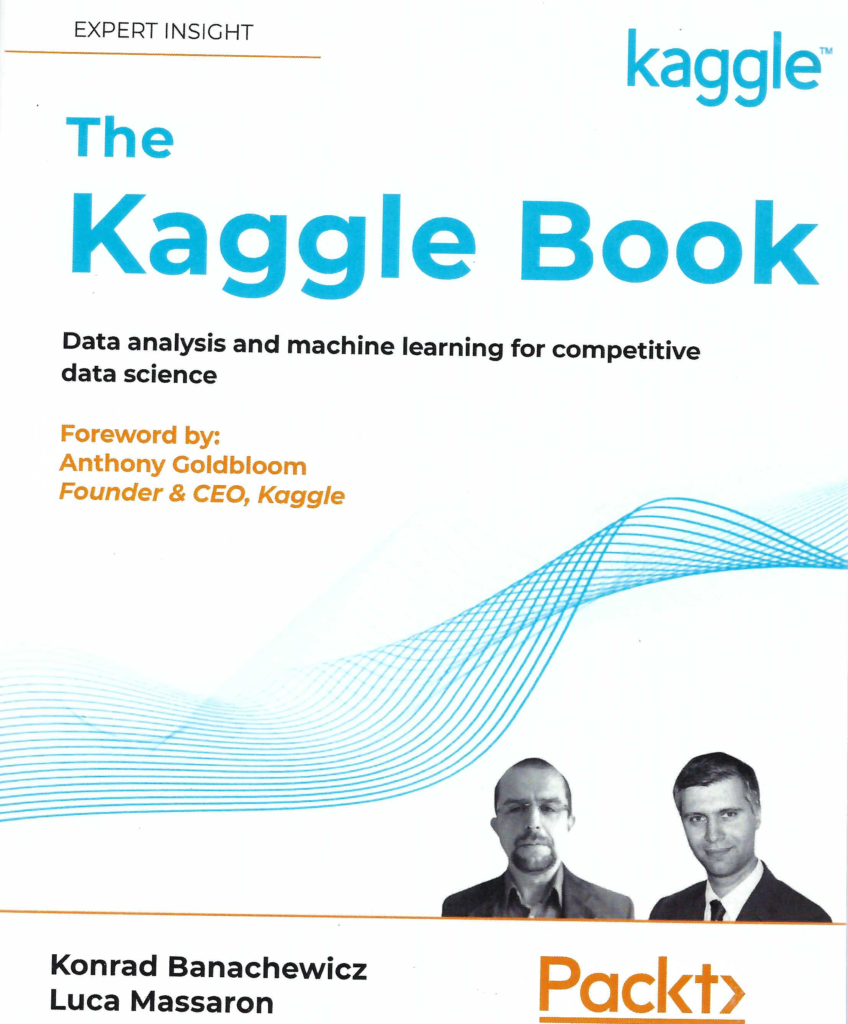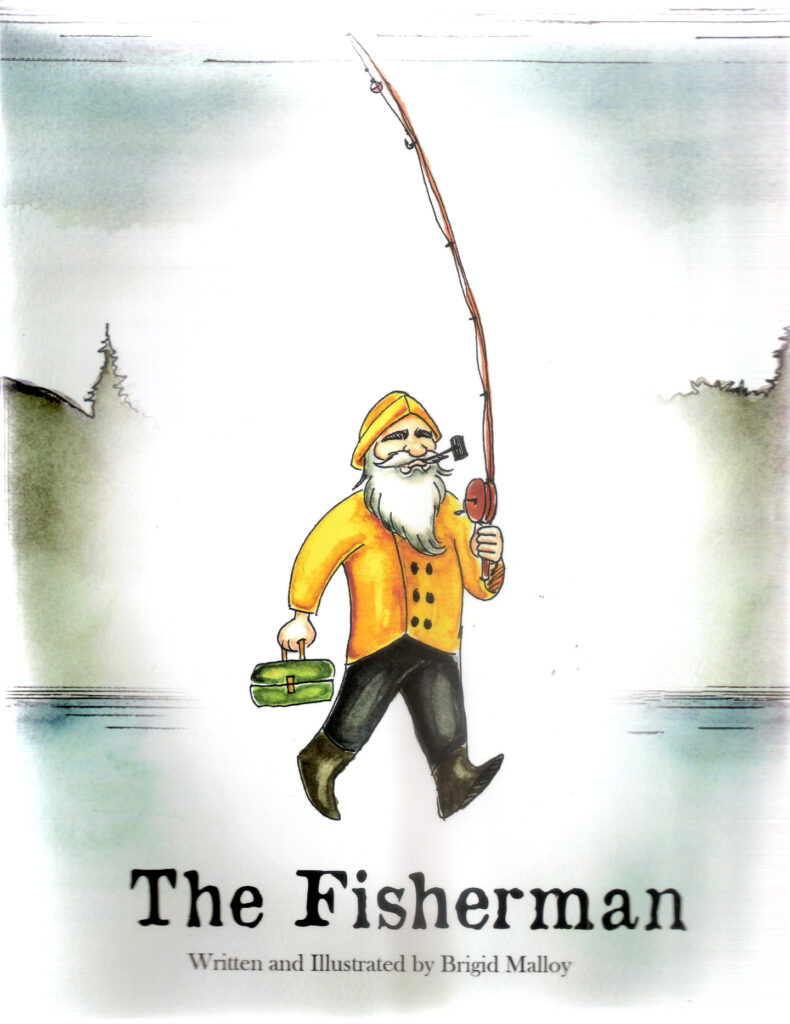There aren’t as many gentle books today as young readers really need. Most of the books out there today seem determined to teach the young reader about all of the ills of life. In doing so, they often rob the child of his or her childhood. Jamie Collins’ Mystical Adventures: Ninelands (Volume 1) is a gentle story, meant to nourish the young reader’s creativity and provide good entertainment. It’s a delightful story that ties together many childhood characters: Santa Claus, Easter Bunny, and Tooth Fairy. The idea is that all of these characters are elves and somehow associated with Ninelands. Santa actually appears twice in the book and the latter mention adds to the Santa Claus saga. It’s the kind of story that builds a little on what the reader already knows and then adds to it.
The book is theoretically targeted toward the middle school reader and probably hits the mark from a reading grade level. However, this really isn’t the sort of story a middle school reader would enjoy reading—it isn’t a Harry Potter type story (except that both stories involve the use of magic). For example, the protagonists never really go on any sort of adventure or do anything of note except to explore (with help the help of their mentor) this new place. Yes, there is an attack, but the Alvar patrol (the equivalent of the Ninelands military) thwarts the attack, so the characters really aren’t in any danger. Ninelands will appeal more to a younger, early grade school, reader. The manner in which the book is written, the topics discussed, and the overall tone will make a younger reader feel an almost parental comfort during the reading of the story. It’s a story that offers security—throughout the story the author describes the various security measures in place to keep the characters safe.
This is a fanciful book and exceptionally creative. Characters travel around on spoons and within beams of light. They have snake guardians and magic crystals for communication and other needs. Even though the descriptive text lags terribly for the first quarter of the book, the remainder of the book more than makes up for any deficit. A reader is immersed in a world of wonder—of plants that play games and cats that talk. The one glaring omission is a good description of the main character, Jamie. The book never tells the reader what Jamie looks like to any real degree, so it’s hard to draw a mental image of him.
There are also mentions of things that don’t really get used in the book. The problem is that they’re more distracting than helpful in moving the story along. For example, Jamie plays with a dough boy, but the dough boy is never explained and the reader is left wondering precisely how the dough boy comes into play. The dough boy simply is there, probably a product of magic, but the book never says that this is the case, even at the end when the dough boy makes another appearance. Introducing an object, such as the dough boy, should help move the story along in some way.
The children do make a couple of decisions on their own, such as exploring the attic. Still, everything is immersed in an authoritarian environment. Children are constantly reminded of the rules and they always agree to follow them. Little goes on of an adventurous sort and the well behaved children never really do anything on their own. It’s a world that a younger child would enjoy, but an older child would find constraining to an extreme. Even the clown-like mentor, Minkel, takes on an authoritarian air for much of the book (despite spending a considerable amount of time dancing, which also makes him hard to take seriously).
Believability is stretched a little when Mike and Abby, Jamie’s friends, are told they’ll perform a subordinate role to their friend and they simply accept it without so much as a groan. In fact, they seem quite delighted to help their friend. Younger children love to exist in this sort of world, where there is no selfishness and everyone agrees with everyone else. It’s a supportive kind of view that doesn’t exist in the real world. A book for a middle school reader would be more realistic—Mike and Abby would complain, at least a little, and Jamie would complain a bit more about having to allow his little sister, Megan, help.
Some elements of the book do become annoying. The children spend so much time giving high fives and thumbs up in some areas of the book that it’s hard to believe they get anything accomplished. There is nary a frown mentioned in the book, but people are constantly grinning, smiling, and laughing. It is an exceptionally supportive kind of a book, but in some regards, the author goes too far and it’s easy for the reader to become distracted. In some respects, the book needs to feel a little more natural—a little more like the real world—in order to be believable.
There are some areas of the book where there is also a lot of repetition. The plot slows down to a crawl and sometimes stops altogether. The children stop to gawk at some new attraction and Minkel tells them about it, even if the children haven’t asked anything yet. Then come the rules, more rules, and still more rules beyond that. The children always agree to follow the rules, even if they’ve heard the same rules for the tenth time. Again, it’s the sort of environment that a younger child would enjoy, but I can hear a middle school reader screaming in frustration at some points in the book.
Is Ninelands a good book? Actually, it’s a really good book if you’re in the lower grades of grade school and have someone to read it to you. The fanciful world is quite appealing and I can see younger children getting quite caught up in it. After the first quarter of the book, the level of description really is quite good and I can see it helping the younger reader create mental images of what this wonderful world must be like. I really like the fact that this book doesn’t repeat the same tired vistas found in many other books—there are surprises and new things to explore. It’s the sort of book that a younger child will want read more than once because you really can’t get everything out of the text with just one reading. If you have a younger reader, you really do want to explore Ninelands because it’s fascinating place to visit.


